Hypersonic flight is defined as traveling through the atmosphere at speeds higher than five times the speed of sound (i.e., the speed at which high heat loads and significant air dissociation occur) below an altitude of roughly 90 km (56 mi). As per the definition given by NASA “aircraft speeds which are much greater than the speed of sound” qualify as hypersonic flights.
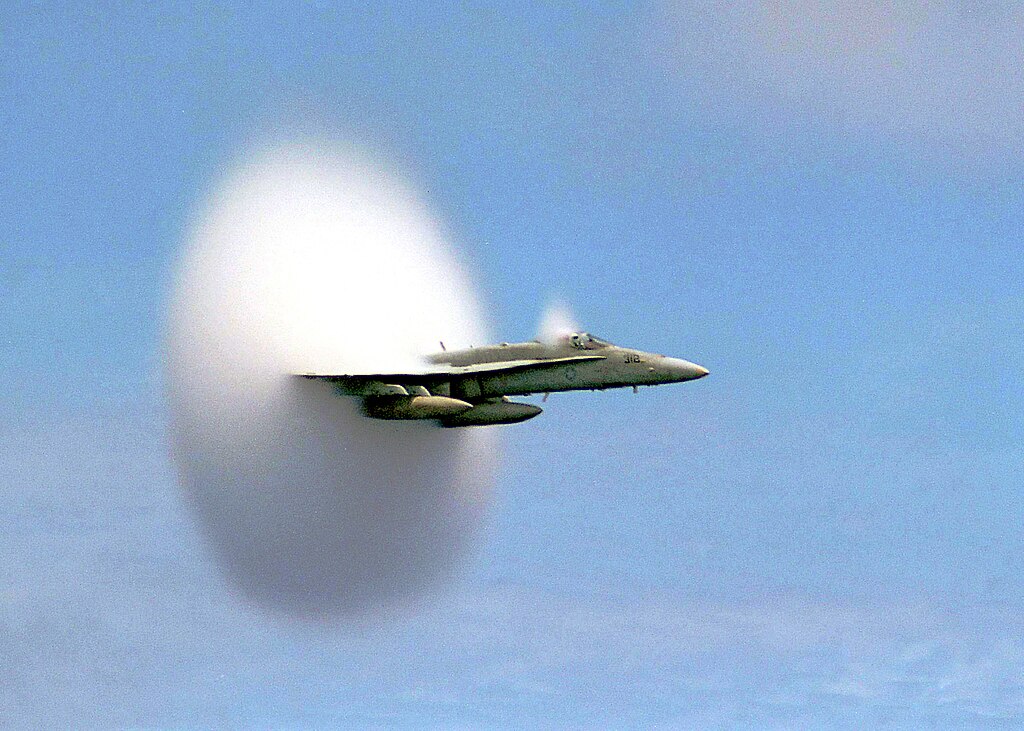
Photo: Ensign John Gay, U.S. Navy |Wikimedia Commons
Mach number, a related concept in the area of hypersonic, is a dimensionless ratio of an object’s speed to the speed of sound in a medium. It is widely used in fluid dynamics to analyze the motion of aircraft and rockets. A hypersonic aircraft with Mach number 7, is traveling at seven times the speed of sound.
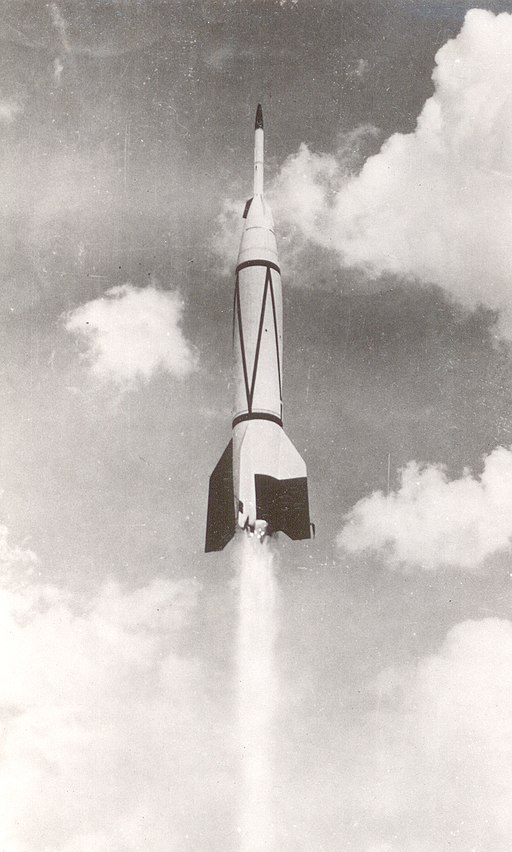
Photo: NASA |Wikimedia Commons
The two-stage Bumper rocket, launched in 1949 at White Sands, was the first object to achieve hypersonic flight, reaching Mach 6.7 before burning on re-entry. In 1961, Yuri Gagarin became the first human to travel at hypersonic speed during the first piloted orbital flight.
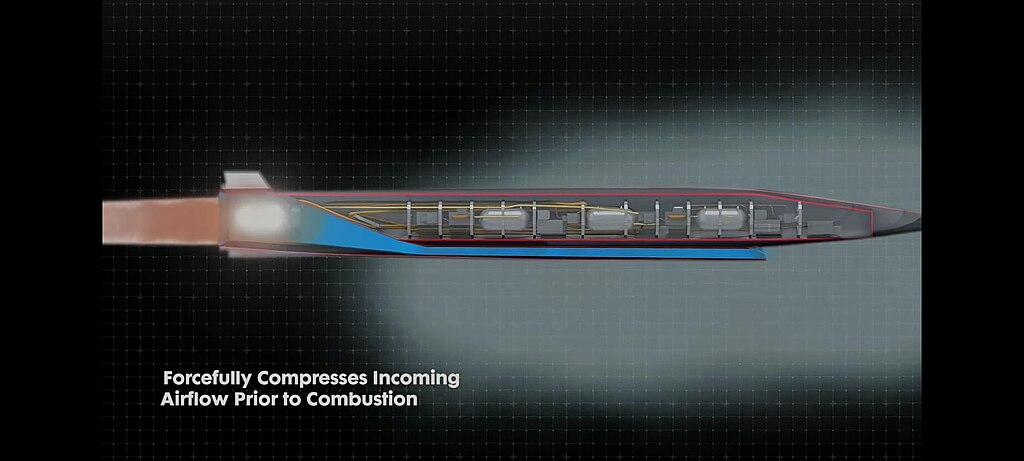
Photo: Hamzaalvi007|Wikimediacommons
Using supersonic combustion ramjet engines, hypersonic scramjet propulsion allows vehicles to go faster than Mach 5. Advanced hypersonic vehicles rely heavily on scramjet engines. Scramjet propulsion systems can achieve hypersonic speeds in an optimized package for a long-range, time-critical strike capability, depending on the mission requirements.
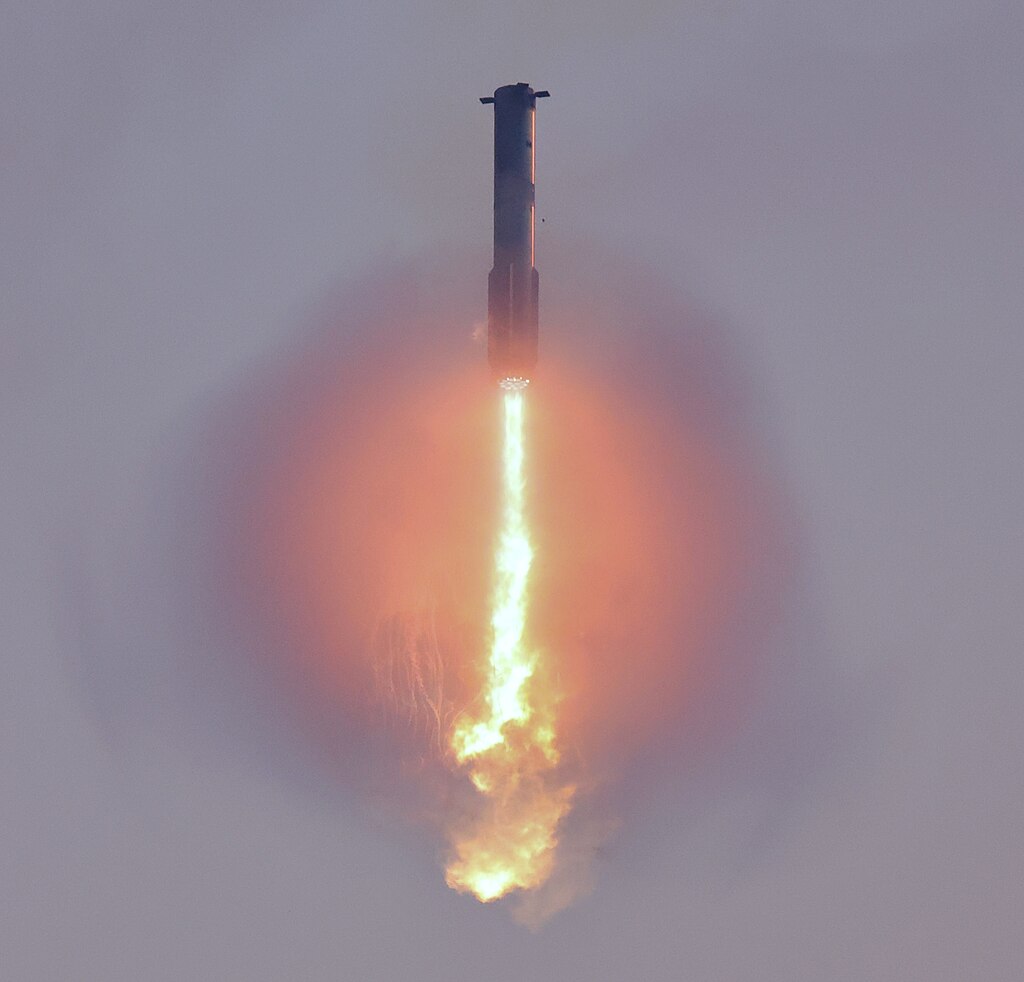
photo: Steve Jurvetson|Wikimedia Commons
A sonic boom is a loud sound caused by an object traveling faster than the speed of sound (about 750 mph). As an aircraft moves through the atmosphere, pressure waves combine to form shock waves, which create a boom when it exceeds sound speed. A sonic boom is a byproduct of hypersonic flights.
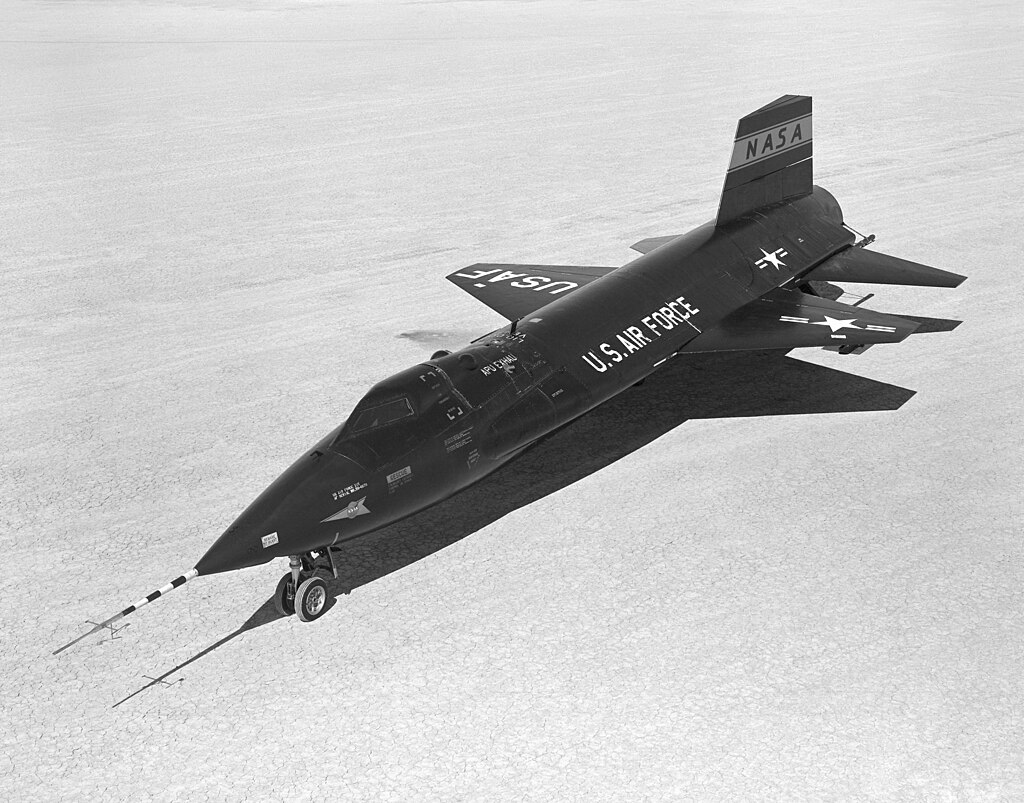
Photo: NASA |Wikimedia Commons
The North American X-15, part of the X-plane family, was a hypersonic rocket-powered aircraft flown by NASA and the U.S. Air Force. In the 1960s, it set speed and altitude records, reached space, and provided valuable data for designing spacecraft and airplanes. The fastest X-15 was the X-15-2 that reached a speed of Mach 6.72 (4,534 mph).
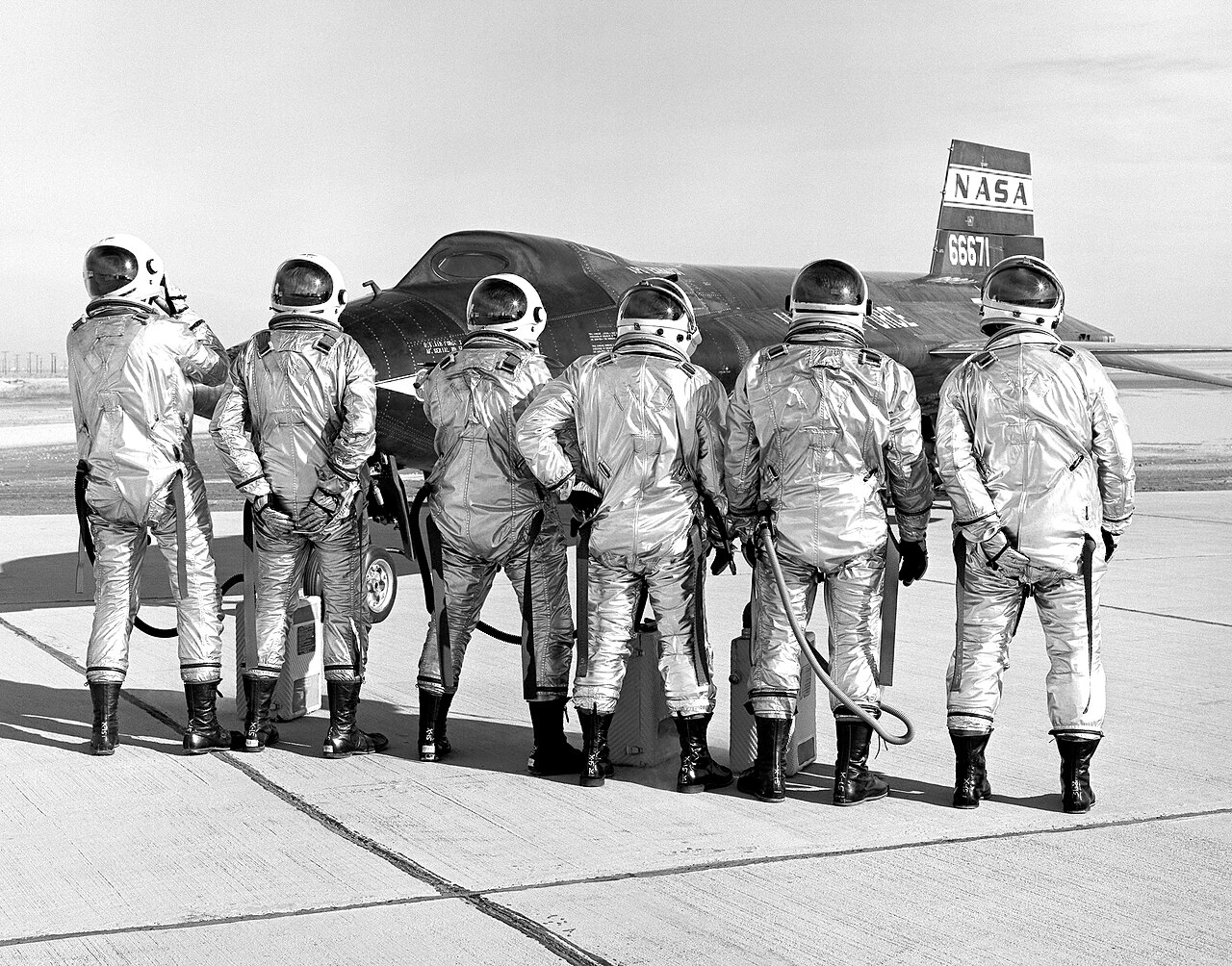
Photo: NASA | WIkimedia Commons
One aircraft of the hypersonic program, the X-15-3 suffered a fatal crash. The X-15-3 was first piloted by Neil Armstrong, the first person to the moon.
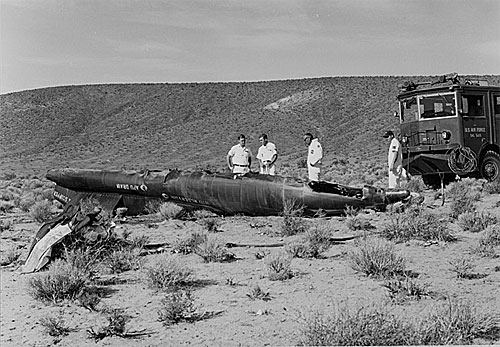
Photo: NASA | Wikimedia Commons
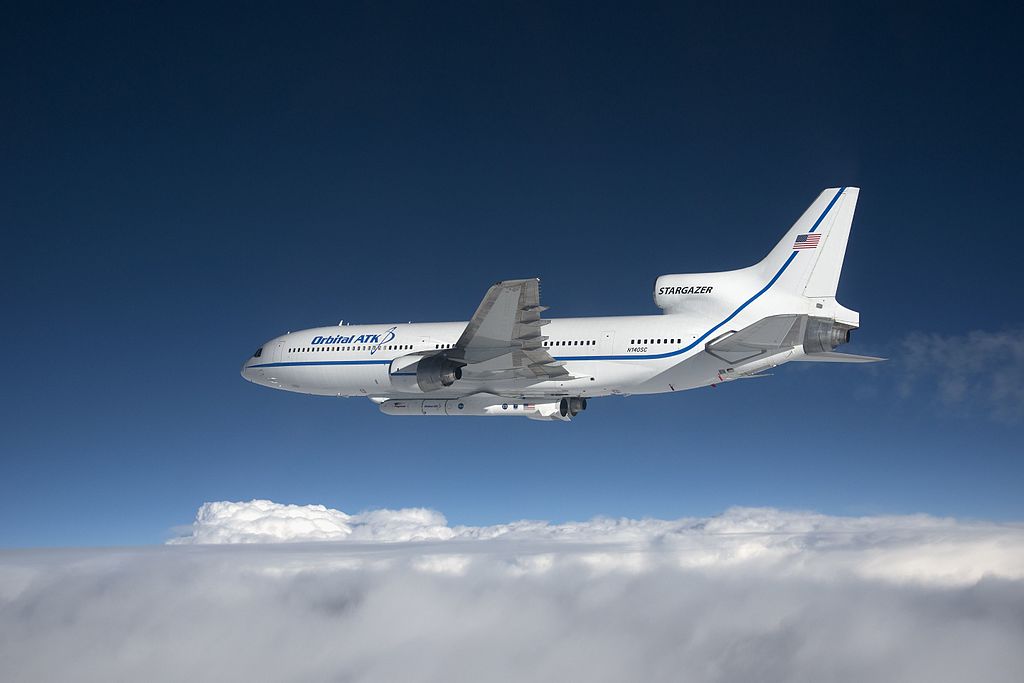
Photo: NASA/Lori Losey| WikimediaCommonss
Venus Aerospace is the developer of the reusable, hypersonic Stargazer aircraft. It is envisioned as the first commercially available hypersonic aircraft.
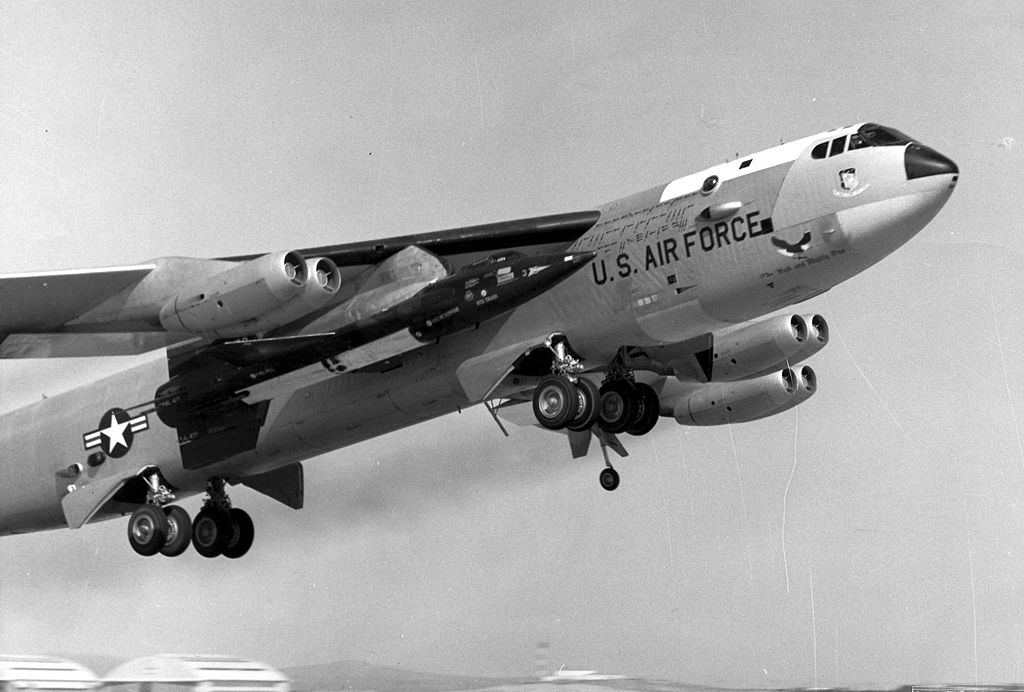
Photo: USAF |Wikimedia Commons
The X-15, a hypersonic research aircraft, was launched from the Boeing NB-52A Stratofortress. Between 1959 and 1968, 97 X-15 launches were conducted using the NB-52A.
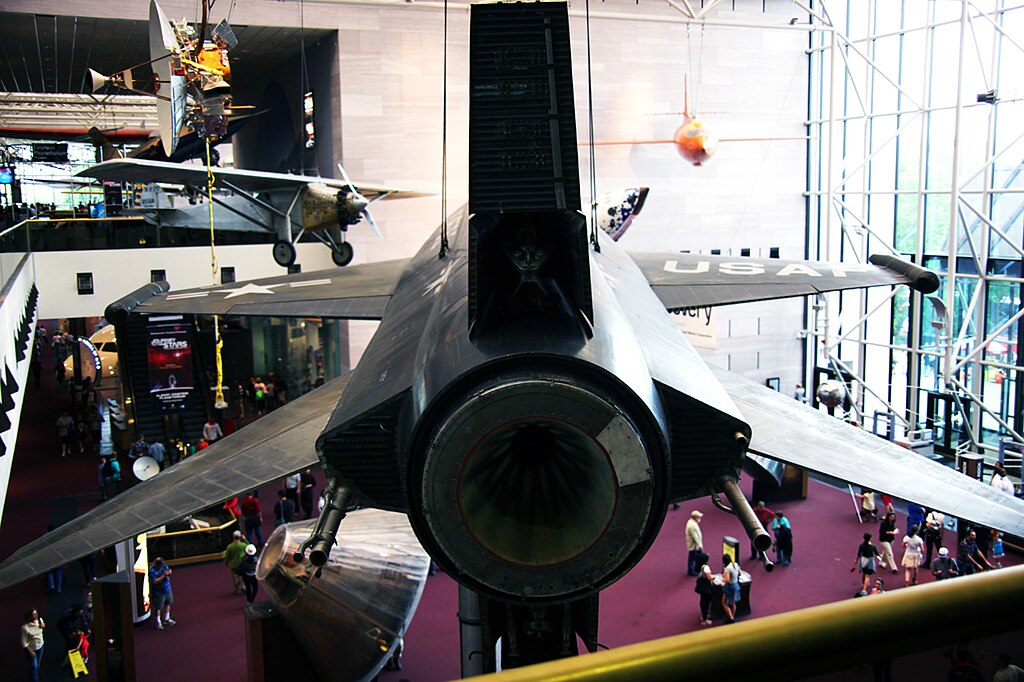
Photo: Tim Evanson from Cleveland Heights, Ohio, USA|Wikimedia Commons
The X-15-2 flew 53 times, including a crash on November 9, 1962, when NASA pilot Jack McKay was injured after a rocket engine failure. Despite the injury, he flew 22 more times. The aircraft was upgraded, renamed X-15A-2, and reached Mach 6.72. It is now displayed at the Air Force Museum, Wright-Patterson AFB, Ohio.
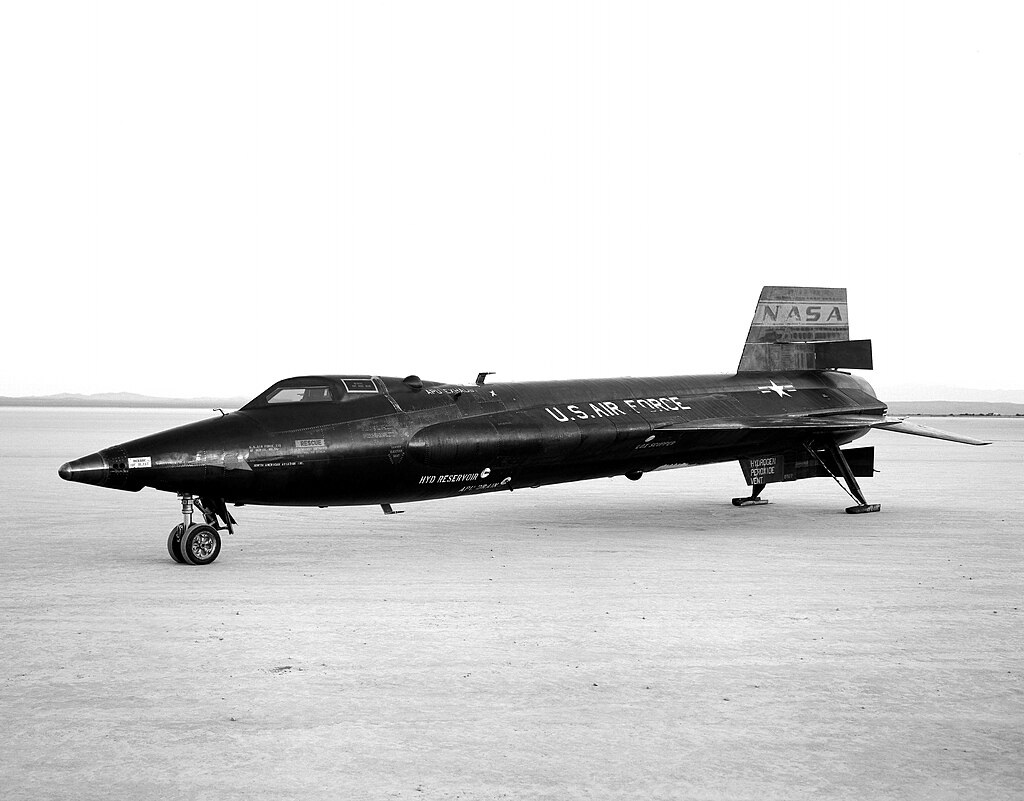
Photo: NASA |Wikimedia Commons
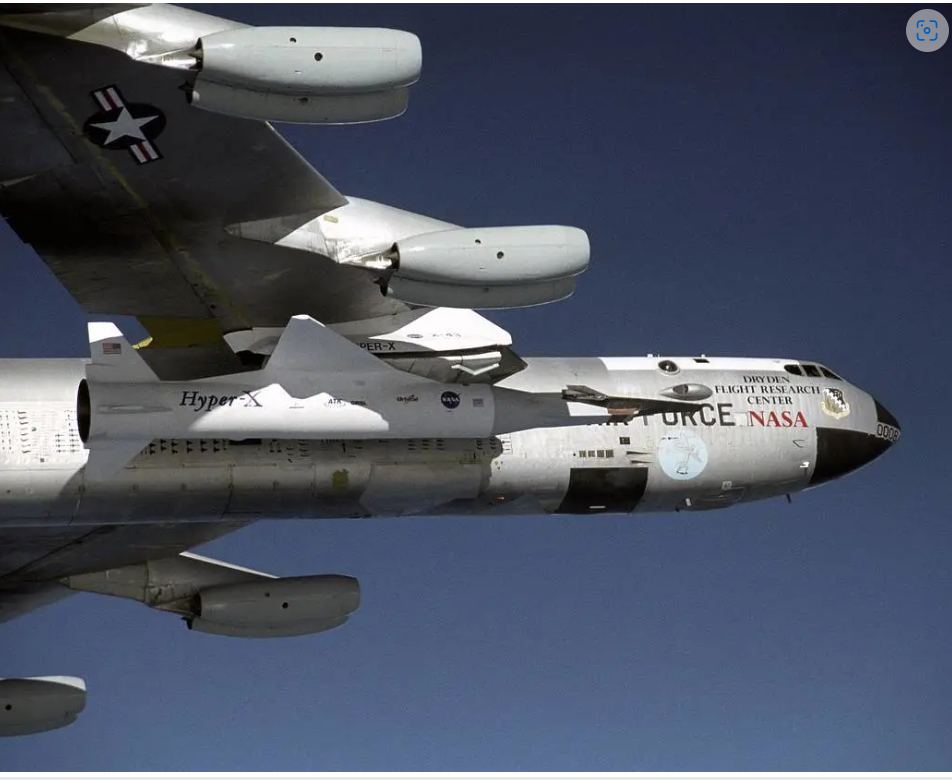
Photo: NASA/Carla Thomas
The fastest speed achieved by any aircraft was that by the X-43, which touched a speed of Mach 9.6.
